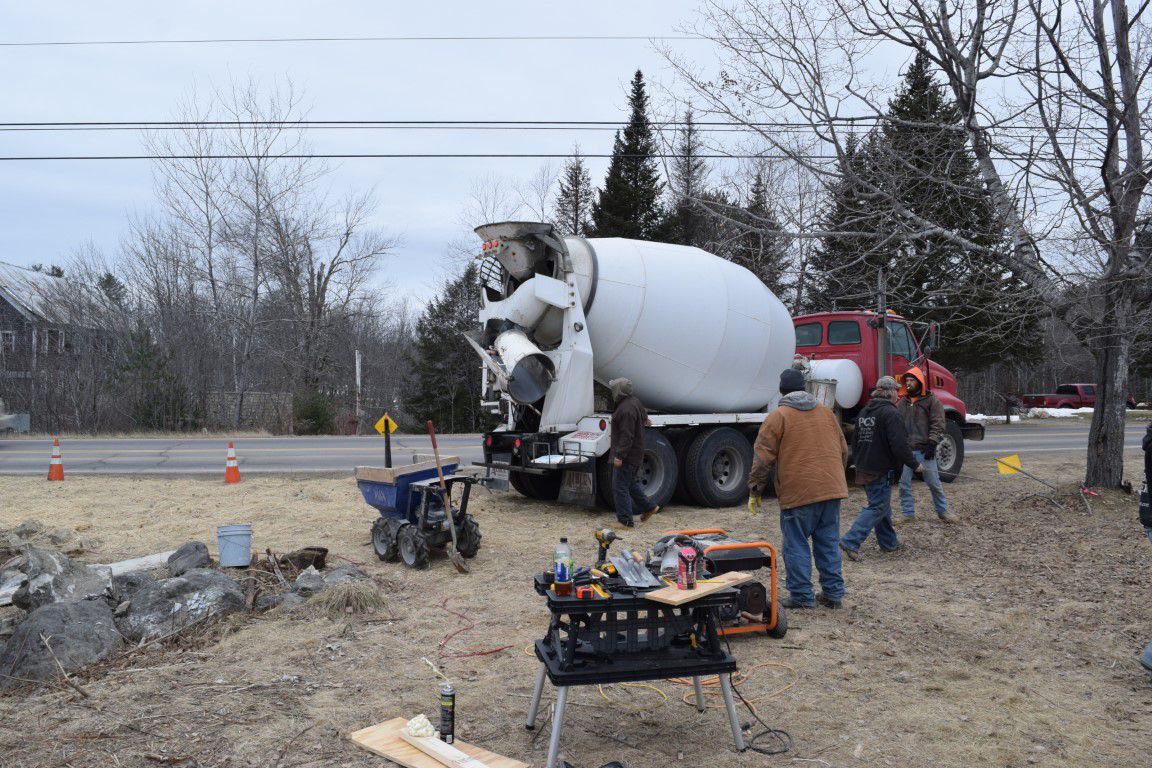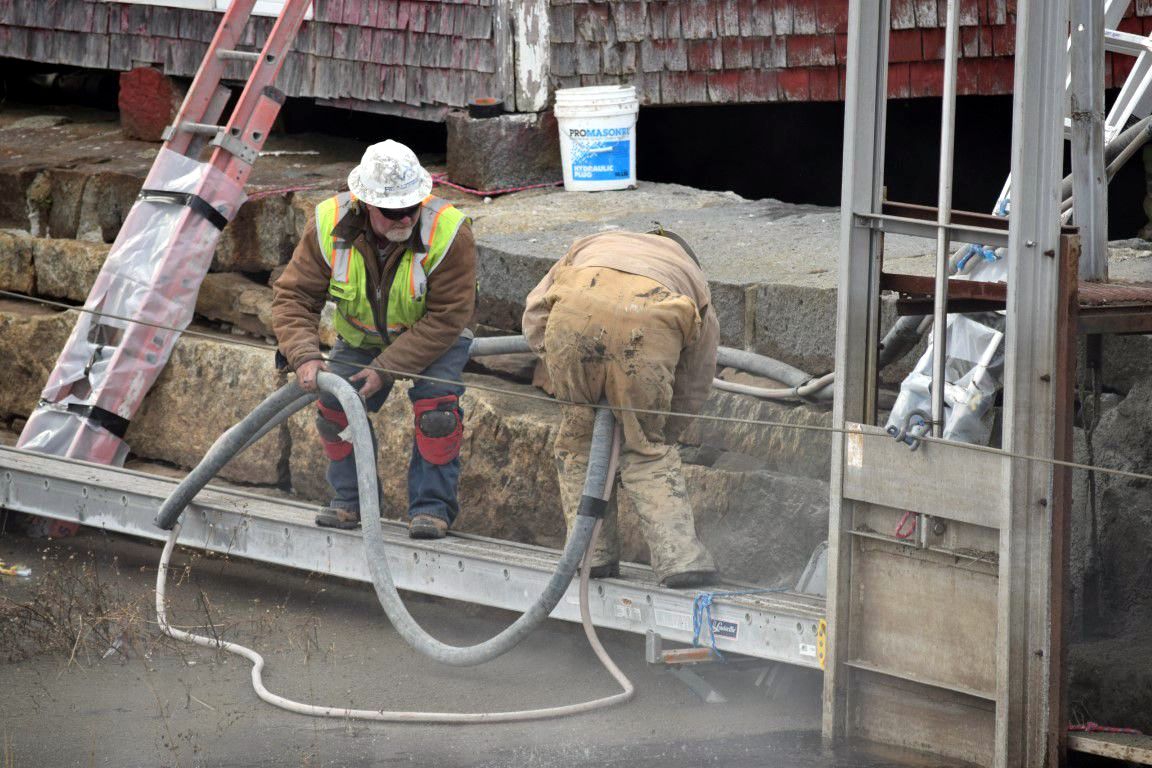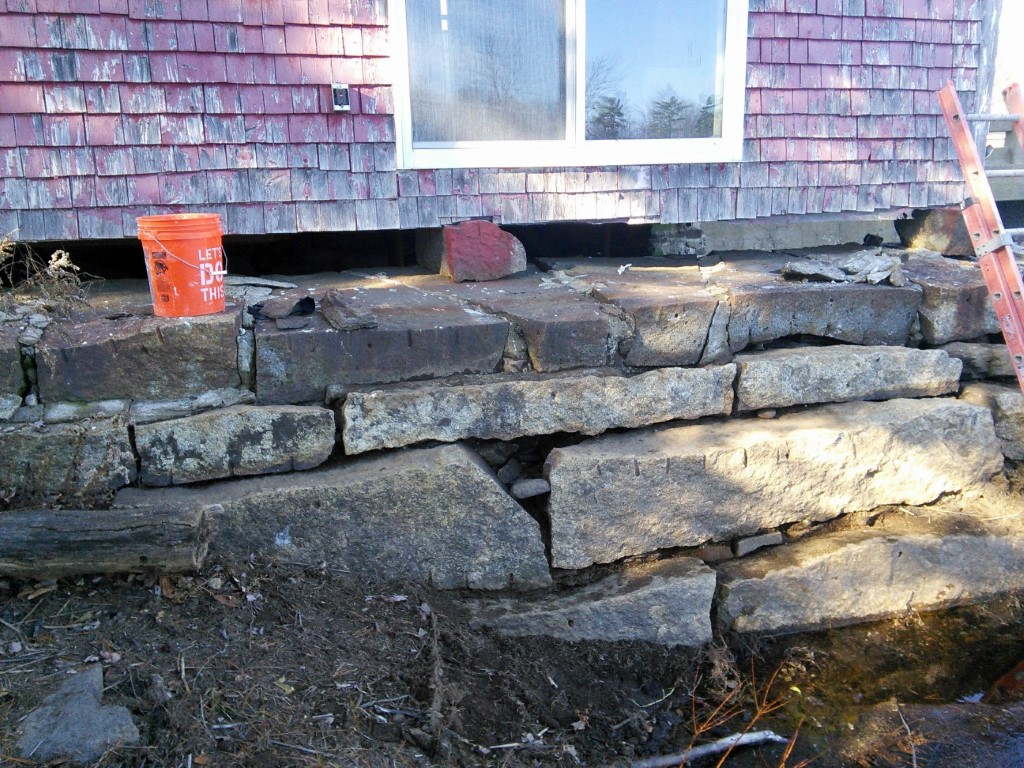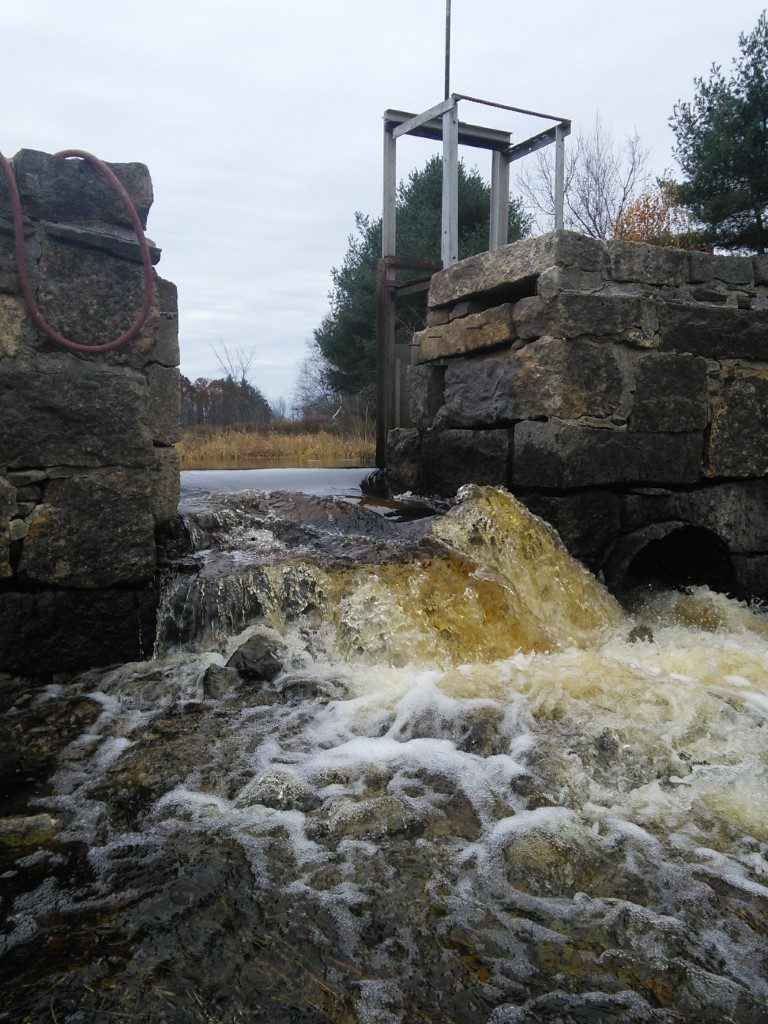 In a decision that should come as a surprise to no one, the Board of Environmental Protection after listening to comments from Aquafortis Associates LLC [AQF] and others, summarily denied AQF’s appeal of the December 2018 DEP Order transferring the Clary Lake Water Level Order to the Clary Lake Association. The Board also denied several parties requests for a public hearing. So the DEP Transfer Order stands.
In a decision that should come as a surprise to no one, the Board of Environmental Protection after listening to comments from Aquafortis Associates LLC [AQF] and others, summarily denied AQF’s appeal of the December 2018 DEP Order transferring the Clary Lake Water Level Order to the Clary Lake Association. The Board also denied several parties requests for a public hearing. So the DEP Transfer Order stands.
The information-gathering portion of the hearing lasted over 2 hours, the bulk of which was used by attorney for AQF Dennis Carrillo to explain and justify AQF’s appeal; this was a non-testimonial hearing and the record was closed which means all of AQF’s attempts to supplement the record with additional material were for naught. After AQF spoke, CLA President Malcolm Burson issued a short statement on the Association’s position- basically that we filed a satisfactory application and did everything right and in a timely fashion and that we applaud the Department’s decision to transfer the Order to us. Finally, counsel for DEP spoke briefly stating their opinion that the DEP had covered all the bases and that the CLA transfer application was deemed satisfactory and complete. The Board then asked if there were any additional comments; Butch Duncan spoke briefly about his desire for a public hearing, and Paul Kelley spoke about why the thinks the Clary Lake Association lacks sufficient Right, Title, and Interest in the Clary Lake dam to operate it, an argument that Mr. Carrillo also attempted to make. The Board however correctly observed that there is a forum for resolving title issues, and they aren’t it.
The Board deliberated for all of about 2 minutes before issuing their unanimous decision denying the appeal.
A number of CLA Board members and several Clary Lake Association members attended the hearing. I have no idea how many people if any listened in on the DEP Virtual Meeting Room, if you did I’d be interested in hearing your reactions.


































 Clary Lake was completely ice-covered by late afternoon on Friday, November 23rd, just one day after Thanksgiving. This is the earliest ice-in date we’ve recorded since we started keeping track (check out the
Clary Lake was completely ice-covered by late afternoon on Friday, November 23rd, just one day after Thanksgiving. This is the earliest ice-in date we’ve recorded since we started keeping track (check out the 








